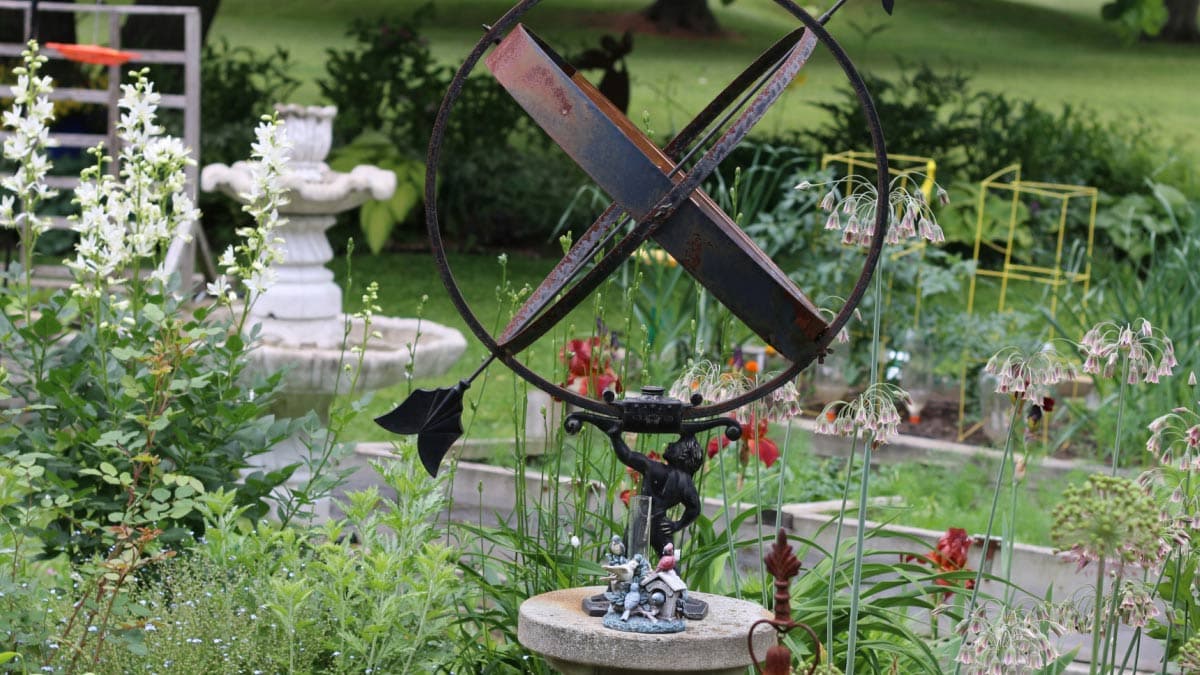In recent years, eco-friendly metal art has gained significant attention among industrial manufacturers and art enthusiasts alike. This form of art combines creativity with sustainability, offering a unique blend of aesthetics and environmental consciousness. As the world shifts towards more sustainable practices, the demand for eco-friendly metal art continues to grow. This article explores the various aspects of this art form, including its benefits, techniques, and impact on the environment.

What is Eco-Friendly Metal Art?
Eco-friendly metal art refers to artworks made from recycled or sustainably sourced metals. These pieces are designed to minimize environmental impact while maintaining artistic integrity. By using materials like recycled steel, copper, and aluminum, artists can reduce waste and promote sustainability.
The Importance of Sustainability in Art
Sustainability in art is crucial for reducing the carbon footprint of the art industry. By embracing eco-friendly practices, artists contribute to a healthier planet while inspiring others to do the same. This movement encourages the use of non-toxic materials and energy-efficient processes in art creation.
Benefits of Eco-Friendly Metal Art
There are numerous benefits to creating and supporting eco-friendly metal art. These include environmental, economic, and social advantages that contribute to a more sustainable future.
Environmental Impact
One of the most significant benefits of eco-friendly metal art is its positive impact on the environment. By using recycled metals, artists help reduce the demand for new materials, decreasing mining activities and lowering greenhouse gas emissions.
Economic Benefits
Creating eco-friendly metal art can also have economic advantages. By using recycled materials, artists can reduce production costs, making their work more affordable. Additionally, the growing interest in sustainable art can lead to increased sales and opportunities for artists.
Social Impact
Eco-friendly metal art fosters a sense of community and environmental responsibility. By showcasing sustainable practices, artists can inspire others to adopt similar methods and promote awareness about environmental issues.
Techniques for Creating Eco-Friendly Metal Art
There are several techniques artists can use to create eco-friendly metal art. These methods focus on minimizing waste, conserving energy, and using non-toxic materials.
Recycling and Upcycling
Recycling and upcycling are popular techniques in eco-friendly metal art. Artists can collect discarded metals from various sources, such as old machinery, appliances, and construction sites, to create new artworks. This approach not only reduces waste but also gives new life to materials that would otherwise be discarded.
Using Sustainable Materials
Choosing sustainable materials is essential for creating eco-friendly metal art. Artists can opt for metals with low environmental impact, such as recycled steel, aluminum, and copper. Additionally, using water-based paints and finishes can further reduce the ecological footprint of the artwork.
Energy-Efficient Techniques
Energy-efficient techniques play a crucial role in eco-friendly metal art. Artists can use solar-powered tools and equipment to minimize energy consumption during the creation process. Additionally, employing techniques like cold forging and welding can help reduce the overall energy required for production.
The Future of Eco-Friendly Metal Art
The future of eco-friendly metal art looks promising as more artists and consumers embrace sustainable practices. As awareness about environmental issues grows, the demand for sustainable art will continue to increase, driving innovation and creativity in the art world.
Trends in Eco-Friendly Metal Art
Several trends are emerging in the realm of eco-friendly metal art. These include the use of digital tools for design and fabrication, the incorporation of mixed media, and the exploration of new materials and techniques. Artists are continually pushing the boundaries of what is possible, resulting in innovative and sustainable artworks.
Collaboration and Community Building
Collaboration and community building are essential aspects of the eco-friendly metal art movement. Artists, designers, and manufacturers can work together to share resources, ideas, and techniques, fostering a sense of community and promoting sustainable practices within the art world.
How to Support Eco-Friendly Metal Art
Supporting eco-friendly metal art is crucial for encouraging sustainable practices and promoting environmental awareness. There are several ways individuals and organizations can contribute to this movement.
Purchasing Sustainable Art
One of the most direct ways to support eco-friendly metal art is by purchasing sustainable artworks. By choosing pieces made from recycled or sustainably sourced materials, consumers can help reduce environmental impact and support artists who prioritize sustainability.
Supporting Local Artists
Supporting local artists is another way to promote eco-friendly metal art. By purchasing from local creators, consumers can reduce the carbon footprint associated with shipping and transportation while contributing to the local economy.
Encouraging Sustainable Practices
Individuals and organizations can also promote eco-friendly metal art by encouraging sustainable practices within the art community. This can include hosting workshops, providing resources, and raising awareness about the importance of sustainability in art.
Conclusion
Eco-friendly metal art is a powerful way to combine creativity with sustainability. By embracing sustainable practices, artists can create beautiful and environmentally responsible artworks that inspire change and promote awareness. As the demand for sustainable art continues to grow, the future of eco-friendly metal art looks bright, offering endless possibilities for innovation and collaboration.

FAQs about Eco-Friendly Metal Art
What materials are commonly used in eco-friendly metal art?
Common materials include recycled steel, aluminum, copper, and other metals sourced sustainably. These materials help reduce environmental impact while maintaining artistic integrity.
How can artists reduce energy consumption in metal art creation?
Artists can use solar-powered tools, employ energy-efficient techniques like cold forging and welding, and choose materials that require less energy for processing.
Why is eco-friendly metal art important?
Eco-friendly metal art is important because it promotes sustainability, reduces environmental impact, and inspires others to adopt responsible practices. It also supports artists who prioritize environmental consciousness in their work.
For more insights on creating your own metal art, check out this external guide. To explore beautiful DIY sculptures or learn more about metal flower decorations, visit our site.
This article contains affiliate links. We may earn a commission at no extra cost to you.

